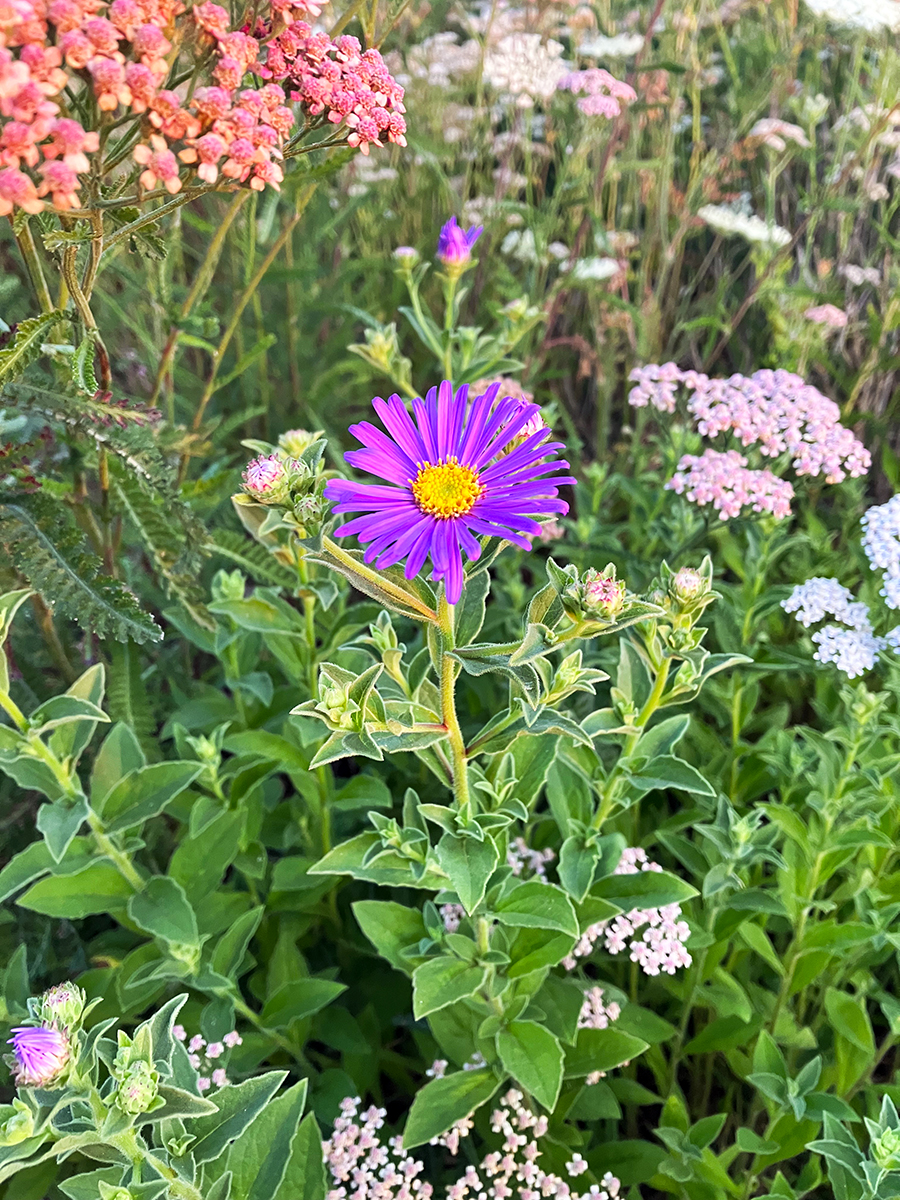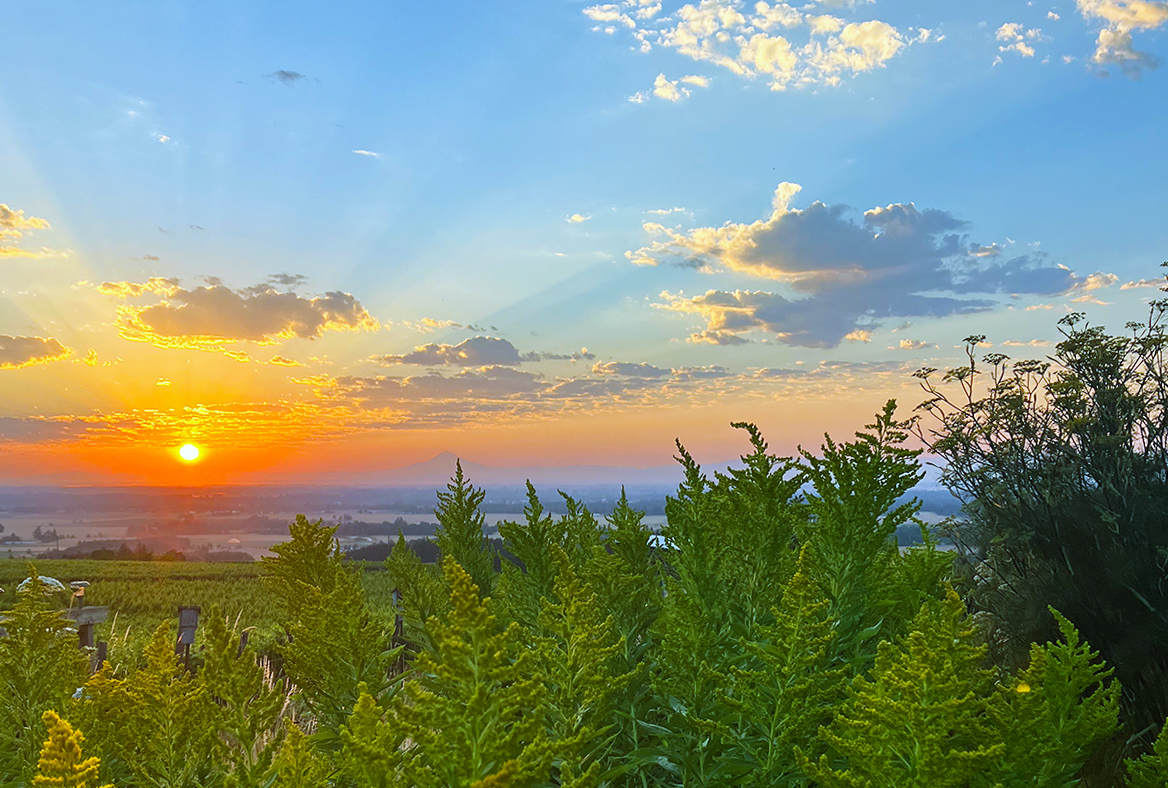“Birth, life, and death-each took place on the hidden side of a leaf.” – Toni Morrison
Afternoon sun filters in low through the sky as I deadhead roses, attempting to prolong the blooms for another minute, day, or week if I can. The fullness of the summer garden has flowers and foliage spilling over the paths, and I push through the plants in order to round the next corner of the garden. With the hotter and drier weather of late summer, plants can start to appear leggy. As some flowers die back, I yearn to prolong the blooms as I watch the rose campion and bachelor buttons slowly fade. In their stead are the smiling flowers of Russian sage and black-eyed Susans, reminding me not to fear change or the progression of time.
The garden is never dull as the seasons take you through a slow unfolding of flowers, insects, fruits, and vegetables. Life happens in this space; plants root and take form, and when they die or go dormant, they incorporate back into the soil. There is no guarantee that a plant will return next spring, and if it does, it may have found a new corner of the garden to call home. In this way, gardens mirror ourselves, changing with time, changing much as you and I do.

The diversity and length of the flowering window in our garden are beneficial to the native bee population and the honeybee hives that call our garden home. Of these blooms, the early and late season flowers are essential to support bees. The early spring flowers are a vital source of resources when hives are establishing this year’s brood, and those of late summer and fall are important as hives prepare to overwinter. I always know that late summer is fast approaching when the goldenrod and asters begin to bloom. The chromatic purples of aster and the vibrant yellow of goldenrod are highly sought after for the late boom of pollen and nectar that they provide for the bees. This purple and yellow floral display is also a feast for the eyes, and I lose myself in the profusion of these flowers.
Gardening is a balancing act where I juggle to find form and structure in the winter and the evolution of blooms that continue throughout the year. Balance is not a static end goal, rather it takes work. This means deadheading and staking flowers in order to prolong their blooms. I prune away askew branches to better serve walking paths, and I divide perennials in order to reinvigorate and increase the number of plants in the garden. There is a relationship involved, and for all that I take, I put back in with soil mulch and compost. This canvas of the garden is constantly evolving, with stray sunflowers and cosmos finding new spaces each year as they reseed themselves. In this way, the garden takes on a life of its own, separate from me. It continues to humble me as I learn that there is much out of my control, and often that is for the better.
Farm to Table
This month, our tasting room menu features the following items from the Brooks Estate Garden: mint, basil, cucumber, chilis, garlic, parsley, onions, radish, cucumber, shallot, zucchini, dill, jalapeño, tomato, garden greens, and shishito peppers.
With love from the Garden
– Shannon
